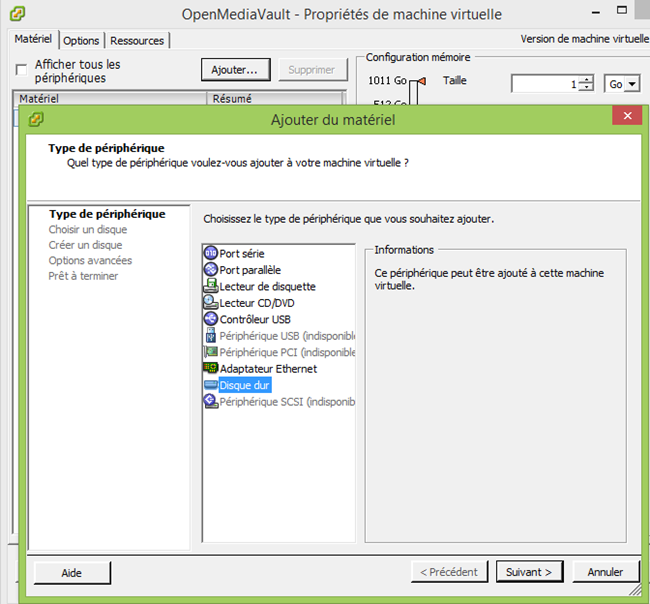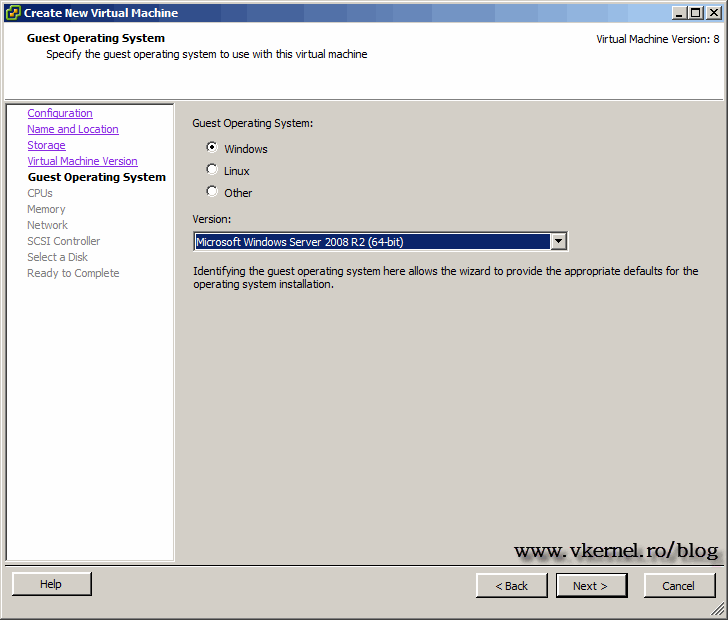

Raw device mapping vmware esxi 5 upgrade#
RDM is at the drive level, VMDirectPath is at the card level, so once you assign that card to your VM, all drives attached to that card goes along for the ride plus all this can be done thru vSphere Client and no telnet required.Īnother cool thing about this is that I don't have to keep mapping those drives in my client vm, as the drives come along with the mapped VMDirectPath setup I can easily upgrade the drive storage simply by stopping the raid, pulling the 1tb drive, add the 3 tb (ESXI doesn't support 3tb), tell unraid to refresh and the drive is there (done in Unraid and vShpere is not needed there). Your VM should be up and running with all the hard disks.Pretty easy, easier them RDM in fact "If you have the right supported cards and Mobo's".
Raw device mapping vmware esxi 5 windows#
You should be able to also go into Windows Explorer and You complete the wizard, power on the VM. Remove, but make sure you do not delete it from disk - just remove it fromīack into Edit Setting and click Add and then add a hard disk. Highlight the disk you are converting and click Right-click the VM again and go to EditĨ. You will see the clone status in the commandħ. SSH into the ESXi host where the VM resides.Įx: # vmkfstools –i vmfs/volumes/VM/VM_1.vmdk -d Rescan your HBAs and check under StorageĪdapters to ensure the cluster can see the lun.Ĥ. Create a new lun on your shared storage.Ģ. Of the command is essentially the pointer the RDM will use.ġ. Need to find the hba that your new lun is mapped to ( Figure B). On, click the Configuration tab, and then click Storage Adapters. Identifier is, you can find this in vCenter. Next you want to list the destination with the –d switchįollowed by the lun you created earlier. You have the right one by going into Edit Settings on that VM and seeing how If you have several hardĭisks on that VM, you'll want to pick the right one. The srcfile will be the location of your current Within virtual machines (VMs), and the –i switch clones the source to your The vmkfstools is aīuilt-in VMware command that allows you to do many things with the hard disks # vmkfstools –i srcfile -d rdmp:/vmfs/devices/disks/identifier:partition /vmfs/volumes/datastore/vmdir/vmname.vmdk

# vmkfstools –i srcfile -d rdm:/vmfs/devices/disks/identifier:partition /vmfs/volumes/datastore/vmdir/vmname.vmdk

Note: The only real difference between the two is whether you specify rdm (virtual) or rdmp (physical) within the command. These are the commands provided in KB article 2443266. Make sure your ESXi cluster can see it, but you should You also need to create a lun to be used with Measure and not necessary to the process). Converting a VMDK to an RDMįirst, you should get a backup of your VM (this is a safety KB article 3443266 on the subject is somewhat confusing, so I will attempt In a previous article, I talked about convertingĪn RDM to a VMDK in this one, I cover the reverse process. Machine File System (VMFS) datastore in VMware. It runs on. Recently I encountered a situation where the hard disk was alreadyįormatted as a Virtual Machine Disk format (VMDK) on a Virtual

The use of a Raw Device Mapping (RDM) if you're going to virtualize the machine Believe it or not, there are still applications that require


 0 kommentar(er)
0 kommentar(er)
